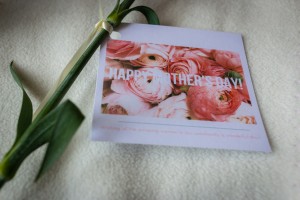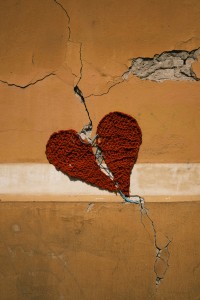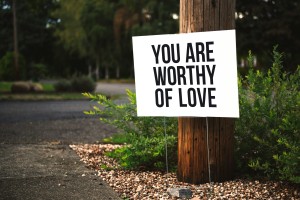Mother Wound
Mother’s Day is fast approaching here in England. As a private practicing psychologist for over 15 years it’s vital to remember that not everyone celebrates this date. In fact not everyone has a mother e.g. same sex relationships. I work with many cultures and soon realised when I arrived in Newcastle to start using the word Mam (smiling with adoration) in clinic. When I was in my training I was taught to write reports using the term mother, something I continue to do to this day and when I share formulations it’s the same.
Perhaps at the moment you are avoiding the Mother’s Day aisles…you are grieving for the child you would love, perhaps there’s a fallout within the family or a death of a mothering figure. Some people find their grief increases with key reminders whilst others don’t. This post isn’t discussing grief but I hope to do one soon. I extend all my love to those who are grieving at this time of year, we can still grieve for others even if they are to be alive.
 Within psychology we speak about the ‘mother wound’ (as said, not everyone has a mother!). It’s the psychological and emotional wound that stems from the relationship with one’s mother, often resulting from unmet needs, neglect, or abuse during childhood. It can for some lead to a confusion during childhood that influences relationship with self and others as an adult. Deeply rooted beliefs from childhood such as abandonment, feeling unloved and difficulty expressing thoughts and feelings can be experienced. Dealing with a mother wound can be a complex and challenging process that requires self-reflection, possibly therapy, and adopting healing strategies.
Within psychology we speak about the ‘mother wound’ (as said, not everyone has a mother!). It’s the psychological and emotional wound that stems from the relationship with one’s mother, often resulting from unmet needs, neglect, or abuse during childhood. It can for some lead to a confusion during childhood that influences relationship with self and others as an adult. Deeply rooted beliefs from childhood such as abandonment, feeling unloved and difficulty expressing thoughts and feelings can be experienced. Dealing with a mother wound can be a complex and challenging process that requires self-reflection, possibly therapy, and adopting healing strategies.
One way to begin healing from a mother wound is to acknowledge and process the pain and emotions that arise from the experiences you had. This may involve seeking therapy to explore the underlying feelings of anger, sadness, esteem and influence on current relationships. By addressing and expressing these emotions in a safe and supportive environment, individuals can begin to understand and explore the pain.
Another important aspect of dealing with a mother wound is setting boundaries and creating a healthy dynamic in the here and now. For some this may involve limiting contact with their mother, setting clear boundaries around what is acceptable behaviour, and prioritising one’s own well-being. There is a great deal of shame generated by our society when someone discloses limited or no contact with their parents e.g. “but it is your family”. This increases a sense of isolation for many. It is important to share with those who you trust so you have a space of nurturing when sharing. Many ruptures happen in relations and systems, repair is possible, this is a two way or more process. By establishing boundaries, individuals can protect themselves from further harm and create space for healing and growth.
Some people find self-healing practices useful. This may include engaging in activities that promote self-love and self-compassion, such as meditation, yoga, journaling, or spending time in nature. By nurturing oneself and practicing self-care, individuals can rebuild their sense of self-worth and cultivate a positive relationship with themselves.
Ultimately, healing from a mother wound is a deeply personal and individual process that may take time and patience. It is important to be kind and gentle with oneself throughout the healing journey, as healing from childhood trauma can be challenging and require perseverance. By acknowledging the impact of a mother wound, seeking therapy and support, setting boundaries, practicing self-care, and remaining patient with oneself, individuals can begin to heal and move towards a place of emotional wholeness and self-empowerment.




